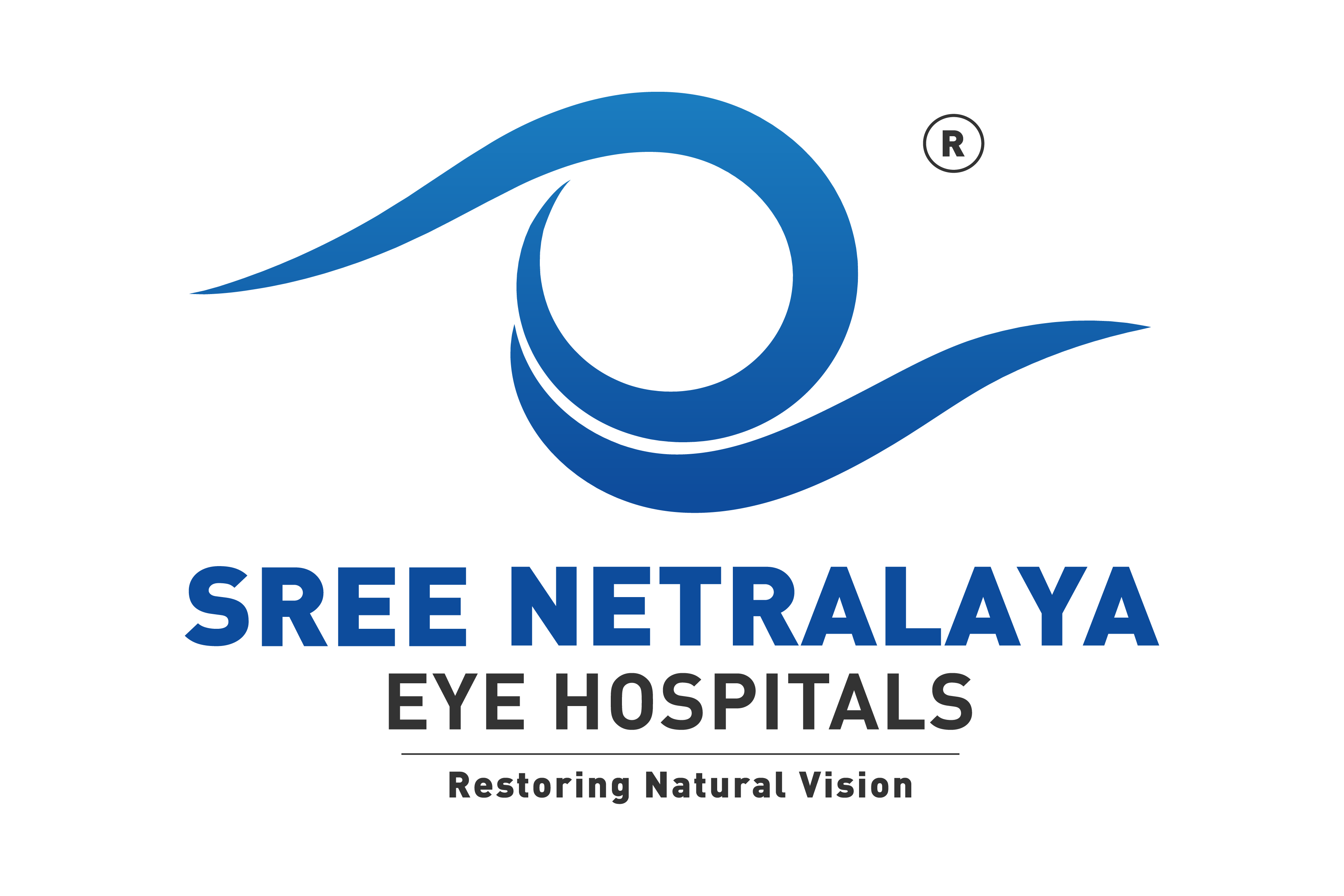Glaucoma refers to a category of eye disorders often associated with a dangerous buildup of internal eye pressure(intraocular pressure or IOP), which can damage the eye’s optic nerve that transmits visual information to the brain. With untreated or uncontrolled glaucoma, one might eventually notice decreased ability to see at the edges of peripheral vision. Progressive eye damage could then lead to blindness. In fact, glaucoma is the second leading cause of blindness.
Glaucoma Symptoms :
Glaucoma often is called the “silent thief of sight,” because most types typically cause no pain and produce no symptoms until noticeable vision loss occurs. For this reason, glaucoma often progresses undetected until the optic nerve already has been irreversibly damaged, with varying degrees of permanent vision loss. But with AcuteAngle-Closure glaucoma, symptoms that occur suddenly can include blurry vision, halos around lights, intense eye pain, nausea and vomiting.
Diagnosis, Screening And Tests For Glaucoma:
- IOP measurement: During routine eye exams, a tonometer is used to measure your intraocular pressure, or IOP. Your eye typically is numbed with eye drops, and a small probe gently rests against your eye’s surface. Other tonometers send a puff of air onto your eye’s surface. An abnormally high IOP reading indicates a problem with the amount of fluid (aqueous humor) in the eye. Either the eye is producing too much fluid, or it’s not draining properly. Normally, IOP should be below 21 mmHg (millimeters of mercury) – a unit of measurement based on how much force is exerted within a certain defined area. If your IOP is higher than 30 mmHg, your risk of glaucoma damage is 40 times greater than someone with an IOP of 15 mmHG or lower.* This is why glaucoma treatments such as eye drops are designed to keep IOP low.
- Visual field testing: This is the way for your eye doctor to determine if you are experiencing vision loss from glaucoma. Visual field testing involves staring straight ahead into a machine and clicking a button when you notice a blinking light in your peripheral vision. The visual field test may be repeated at regular intervals to make sure you are not developing blind spots from damage to the optic nerve or to determine the extent or progression of vision loss from glaucoma.
- Gonioscopy: It also may be performed to make sure the aqueous humor (or “aqueous”) can drain freely from the eye. In gonioscopy, special lenses are used with a biomicroscope to enable your eye doctor to see the structure inside the eye (called the drainage angle) that controls the outflow of aqueous and thereby affects intraocular pressure.
- Ultrasound biomicroscopy: This is another technique that may be used to evaluate the drainage angle.
Types Of Glaucoma :
The two major types of glaucoma are Chronic Primary Open-Angle Glaucoma (POAG) and Acute Angle-Closure Glaucoma. The “angle” in both cases refers to the drainage angle inside the eye that controls aqueous outflow. Other variations include normal-tension glaucoma, pigmentary glaucoma, secondary glaucoma and congenital glaucoma.
Glaucoma Treatments
Treatment can involve glaucoma surgery, lasers or medication, depending on the severity. medication with Eye drops aimed at lowering IOP usually are tried first to control glaucoma. Because glaucoma often is painless, people may become careless about strict use of eye drops that can control eye pressure and help prevent permanent eye damage. In fact, non-compliance with a program of prescribed glaucoma medication is a major reason for blindness caused by glaucoma. If you find that the eye drops you are using for glaucoma are uncomfortable or inconvenient, never discontinue them without first consulting your eye doctor about a possible alternative therapy.
In eyes with narrow or occludable angles, YAG Periheral Iridotomies are done to prevent any Pupillary blocks that might result in Acute Angle Closure attacks. Surgery is usually reserved for extreme cases whose Intraocular Pressures are not controlled with Maximal Tolerable Medical Therapy or in patients with non compliance with medical treatment or in intractable Glaucomas.
Institute Facilities/Instrumentation
The institute is equipped with all the instrumentation that is needed for Glaucoma Screening, diagnosis and treatment follow up as detailed below
Surgical Treatment –
by way of trab in those set of patients whose condition is not stabilised with medical management.
